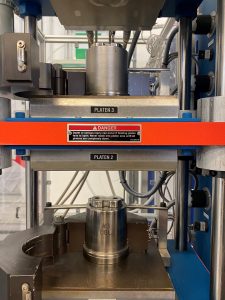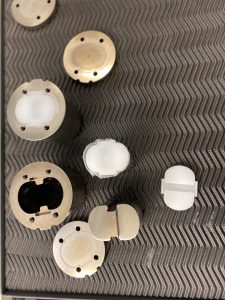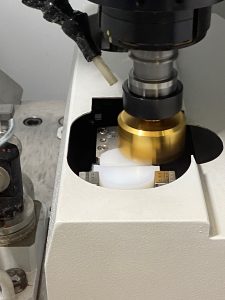Polyethylene is a polymeric material that is used in the orthopedic surgical field for the creation of prosthetic components, such as:
- inserts for acetabular cups (hip prosthesis);
- tibial inserts, patellas (knee prostheses);
- All-Poly tibial plates (knee prostheses for allergic patients);
- inserts for glenoids (shoulder prostheses).
The advantage of polyethylene are good biocompatibility, low wear and easy workability.
However, it also has some disadvantages, such as low mechanical strength, thermal degradation and sensitivity to oxidation.
Several types of polyethylene have been developed in order to improve their performance, such as the ultra high molecular weight polyethylene (UHMW-PE Ultra High Molecular Weight Poly-Ethylene).
This kinf od polyethylene offers exceptional abrasion resistance, superior impact resistance, non-stick and self-lubricating properties and excellent mechanical characteristics.
Polyethylene is processed in different ways to make prosthetic components, depending on the type of polyethylene and the desired shape.
Some methods are:
- Compression molding
- Milling
Today we want to focus on the first technology, compression molding.
Compression molding is a manufacturing process that is used to create a wide range of parts, from aircraft components to baby bottle spouts. Clearly, in our case, the use is for the creation of knee prosthetic components.
The compression molding process differs greatly from that of material injection. Indeed, in this process, a measured amount of normally preheated molding material (called “charge”) is compressed into the desired shape using two heated molds.
Sometimes, to complete production, it is necessary to provide a machine tool restart, to model any parts of the component that cannot be made by moulding.




